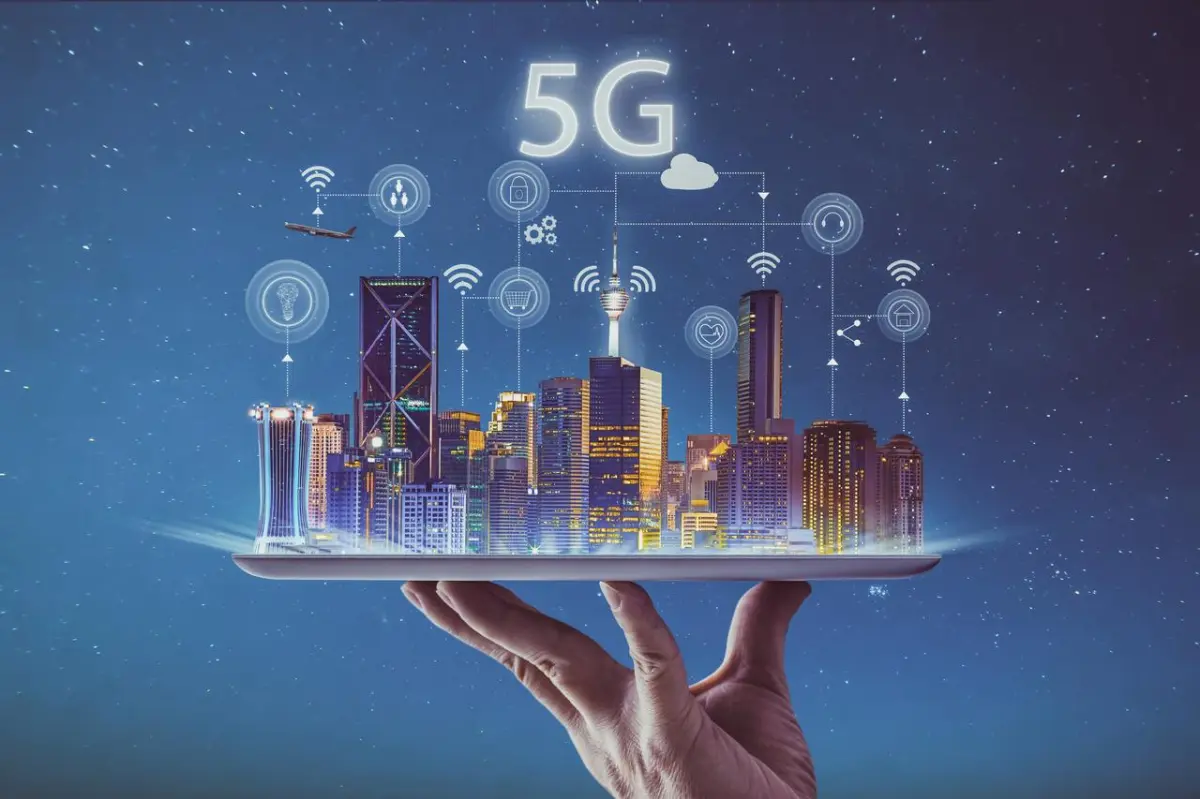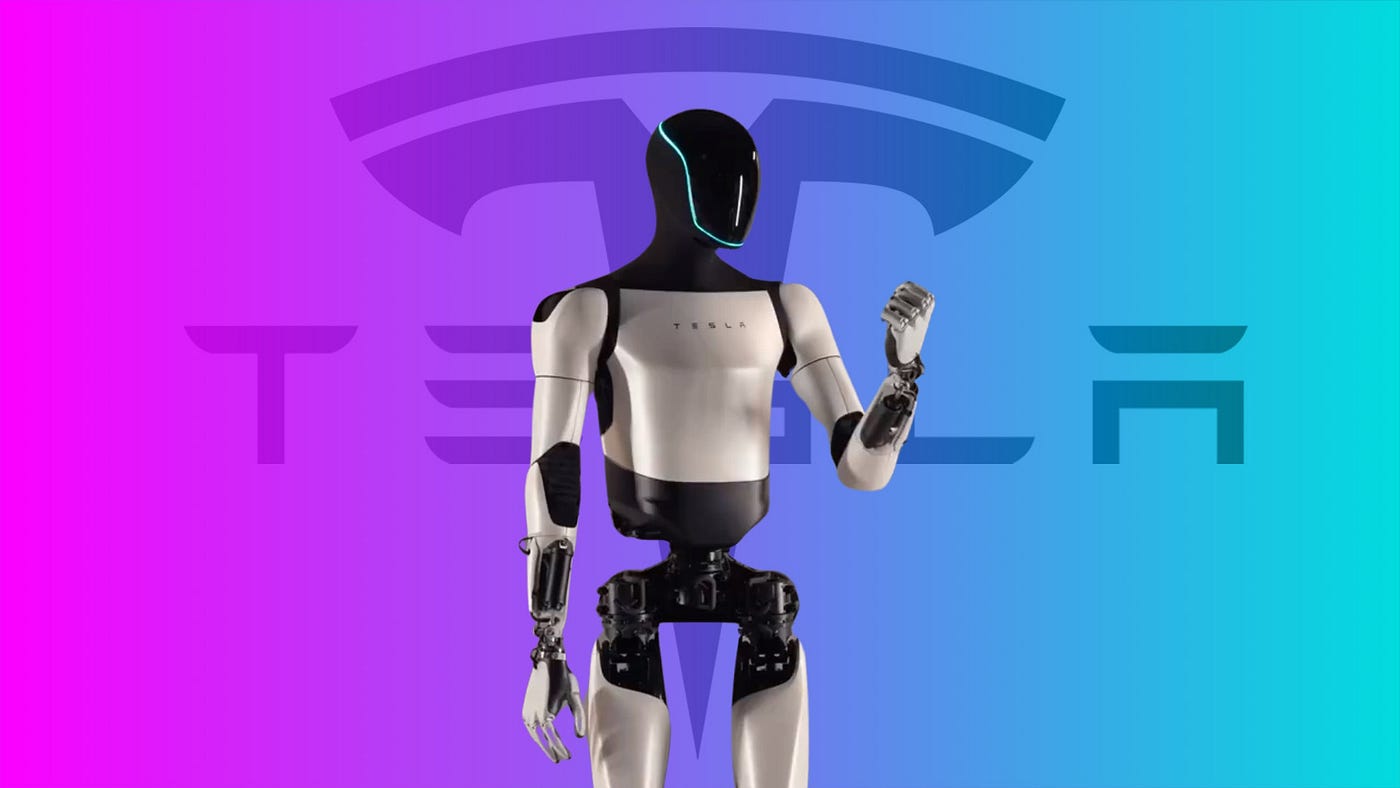The introduction of 5G will be an important evolution in communication and connectivity because 5G is the next generation of wireless technology. It is likely to be able to provide ultra-speed communication at very low latency with massive connections of devices. The deployment of 5G will bring a wave of connectivity that should lead to significant developments in a number of sectors from healthcare to entertainment. That’s why in order to grasp the society of tomorrow for the field of global communications, it is relevant to grasp the evolution of 5G.
Enhanced Speed and Efficiency
The most obvious and immediate impact of 5G technology is its higher speed. 5G is up to 100 times faster than 4G. Films can be downloaded in a matter of seconds and HD content can be streamed without latency. Due to the higher speed of 5G technology, business that deal with large data transfers can operate more smoothly and efficiently. Tasks that take a long time to transfer between devices can now be done very quickly. Additionally, websites and apps load faster making them more user friendly to the consumers.
Moreover, 5G efficiency isn’t just about speed. While higher data rates increase speed, 5G’s complete package of technical improvements also provide efficiency when meeting end-user demand. Because these systems use less energy to handle more data, a faster 5G network theoretically allows for more users per device without a corresponding decline in quality of service. The use of cloud radio networks means that more users per device can drive additional economies of scale, creating a positive feedback loop. The combination of speed and efficiency make 5G a vital seed of future communication infrastructure.
Reduced Latency and Real-Time Communication
One of the greatest benefits of 5G is extremely low latency. Latency refers to the amount of time it takes for information to travel from point A to point B. With 5G networks, time is less than a millisecond. Low latency is important for applications that require real-time communication, such as online gaming, video conferencing, and telemedicine. For example, the surgery can be carried out remotely with minimal errors if the data, images and instructions are transmitted without delays.
Second, low latency improves the functionality of other new technologies, such as autonomous vehicles and smart cities. Autonomous vehicles use real-time data to make fast decisions that could be life-or-death. With 5G, the latency is low enough for vehicles to communicate with each other and with traffic-management systems, improving the speed and safety of autonomous transport. Further, it allows for a smart-city scenario where a host of systems can interact in real time.
Greater Connectivity for IoT Devices
One of the major benefits of 5G technology is that it is specifically designed to facilitate greater connectivity in the Internet of Things (IoT). The IoT is a growing network of devices – ranging from machine-to-machine (IoT, or M2M) devices in factories to consumer devices such as your smart fridge – that send each other data. The IoT – described as the world’s largest network – requires connectivity and control over millions of devices at any one time. 5G is able to support higher device density than its current precursor technologies, such as 4G or LTE or WiFi, without compromising performance or speed. More connectivity through 5G will in turn lead to smarter homes, smarter cities, smarter everything. 5G is predicted to enable more efficient and automated systems across the economy.
Also, more advanced IoT apps will become practical for humanitarian applications. For instance, in manufacturing, sensors can track equipment functioning and predict maintenance requirements, so it can be performed without any disruption, while in healthcare, wearable devices can monitor patients’ vitals in real-time and provide proactive medical care. Undoubtedly, 5G’s enhanced connectivity will enable more advanced connected apps by enabling energy-efficient, high-performance connections to a vast IoT. This ability to connect and manage millions of devices efficiently is arguably going to be one of the pivotal impacts of 5G technology.
Transformative Impact on Industries
Although 5G will undoubtedly be used for many consumer applications, this is just the beginning of the transformation. In healthcare, 5G helps by making telemedicine, remote surgery and real-time patient monitoring possible, thereby helping to provide better healthcare and better health outcomes worldwide. With 5G, healthcare providers can contact their patients, deliver services to the remotest areas and provide treatment to the most underserved, thus reducing healthcare disparities. In addition, the ability to transmit large medical data files at high-bandwidth and low-latency accelerates diagnostic accuracy and facilitates collaboration among medical experts.
In manufacturing, 5G enables Industry 4.0 technologies such as automation, robotics and smart factories to thrive. Running on a high-speed, low-latency network, the monitoring and control of factory operations can be performed in real-time and with very high precision, allowing for greater efficiency in production, less waste and better quality of products. Virtual reality and augmented reality can be used more extensively to, for example, train workers and perform maintenance operations in industry. In Melbourne, my research group is currently using media hoists to propose a sports complex as part of an advanced manufacturing showcase.
Advancements in Augmented and Virtual Reality
With AR and VR, 5G will enable highly immersive and uninterrupted experience 5G promises to accelerate the use of augmented reality (AR) and virtual reality (VR). Thanks to the high bandwidth and low latency of 5G, these AR and VR applications will work smoothly and without technological lag. In the entertainment industry, 5G will greatly increase the degree of immersion and interactivity for games, allowing the gamer to interact with their game environment and other players in real-time. In education, AR and VR can create more immersive learning environments, where one can explore the world and ‘interact’ with digital content in unprecedented ways.
Furthermore, 5G will empower the usage of AR and VR in the workplace and professional settings. In architecture and construction, AR serves the purpose of allowing members to visualise a building plan in a real environment to improve the accuracy of design and the science of collaboration. In retail, AR offers consumers the try-on experience over the platform to envision how products look or fit before purchase. The shift to AI-enhanced workspace legitimates the simultaneous shift to 5G-enabled AR and VR technology, thus creating a new ecosystem where multidomain players can spur impact through innovation and interaction. It also allows for new consumption experiences.
Security and Privacy Challenges
Though 5G connectivity offers several advantages, it also creates significant security and privacy issues. Increasing the connectivity and complexity of such an advanced network makes it vulnerable to cyberattacks. And making sure these devices and their data remain secure is an important requirement to prevent hackers gaining access to this information.
To avoid cyberexposure on these devices and to save precious data from unintended access, administrators of the network providers and manufacturers should develop security protocols, such as encryption and secure authentication protocols. This will not only aid in preventing unauthorised access to the underlying infrastructure but also secure the integrity of the 5G technology.
Furthermore, the increased interconnectivity of 5G means that more data will be gathered and shared between interlinked devices and networks. The risks of malicious individuals and organisations abusing this data are magnified and, therefore, there must be strict data protection laws to ensure that individuals’ data is handled in line with people’s expectations. People need to be aware of how their data is being utilised and have ways to control their privacy settings and preferences. Navigating the potentials of 5G technology while avoiding threats to security and privacy remains a crucial challenge to the design and uptake of this technology.
Conclusion
In sum, 5G will revolutionise the way people communicate and connect with each other, the world and the internet of things. Its advantages include increased data speed, lower latency and greater connectivity, which will drive industries and improve consumer experience. Security and privacy, the only challenges 5G currently faces will have to be improved for 5G to have a safe and trusted ecosystem. The combination of many wavelengths and high bandwidth also means that we’ll experience a brighter future of connectedness beyond our expectations.




